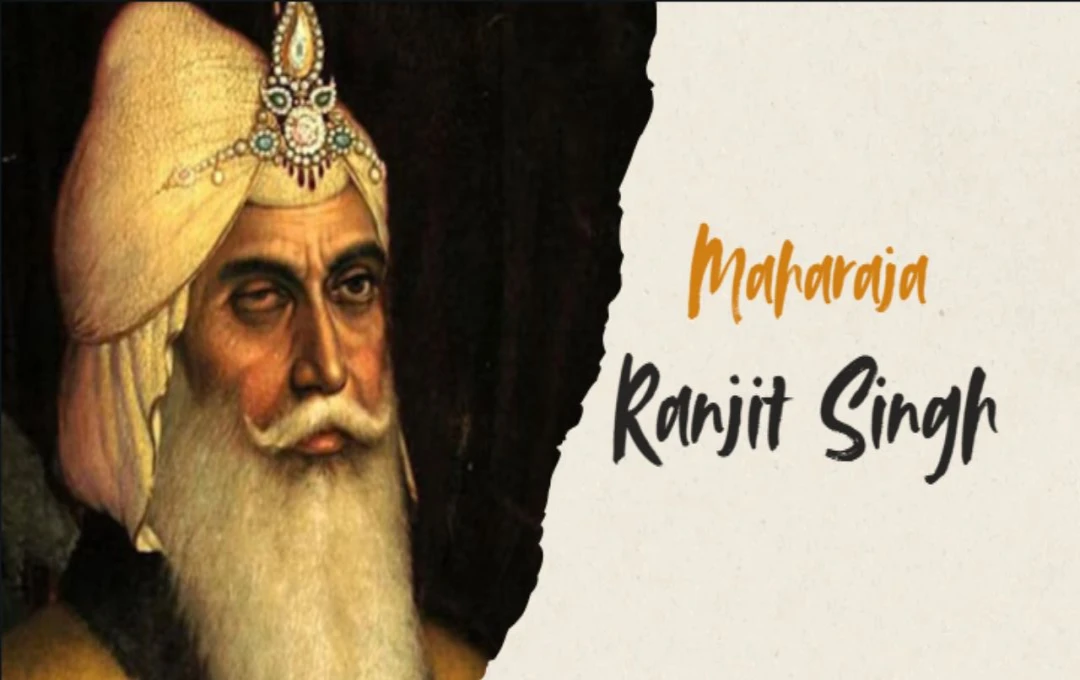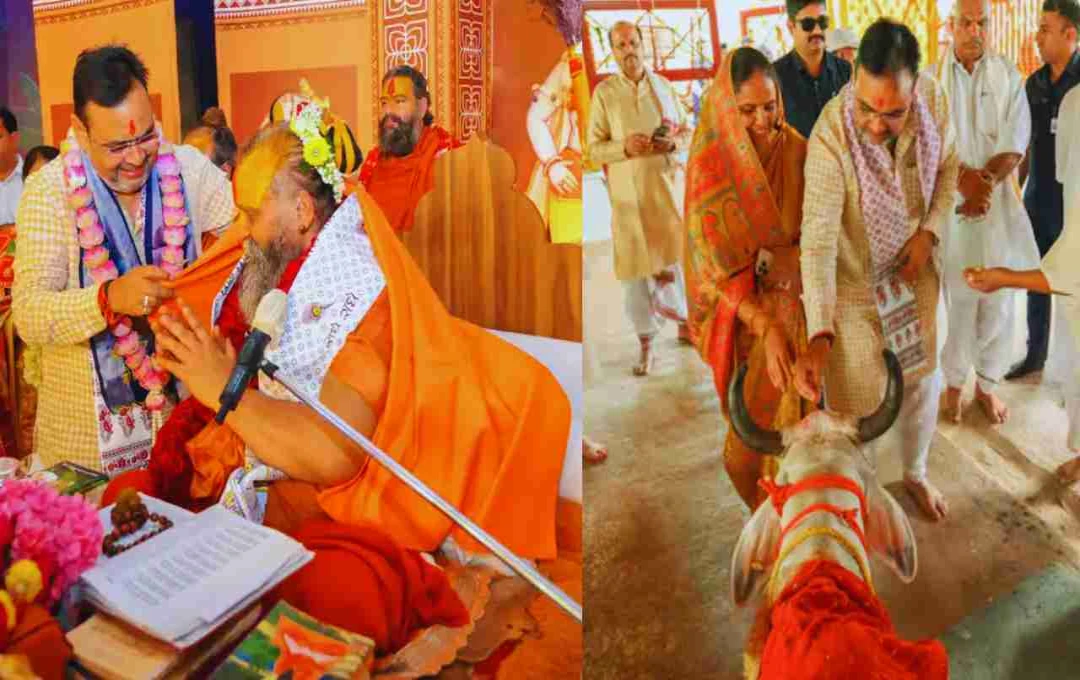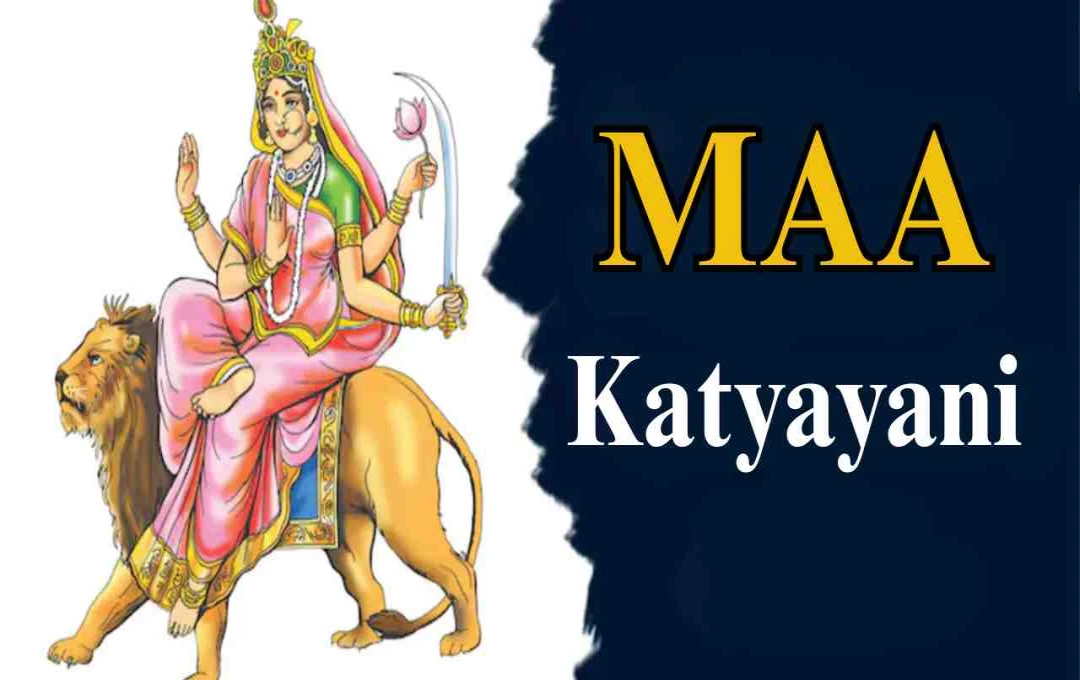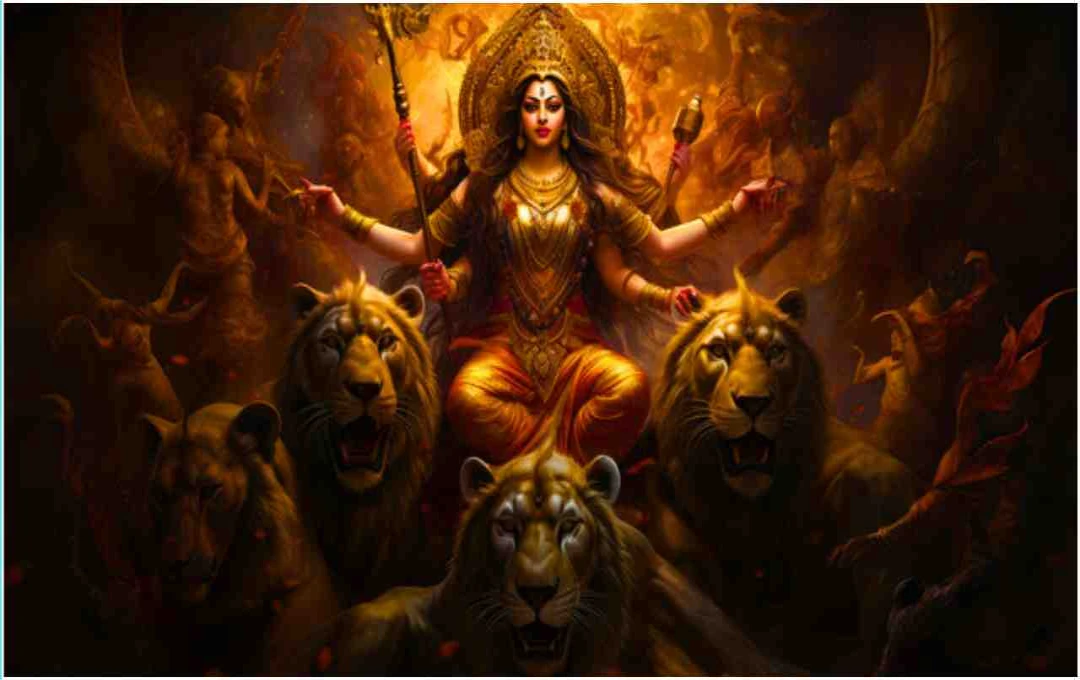Maharaja Ranjit Singh is revered in Indian history as a symbol of pride and courage. He was not only a great warrior but also a visionary ruler who unified the various Sikh clans and established the Sikh Empire. His reign spanned the 18th and 19th centuries, a time when India's political landscape was entangled among the British, Afghans, and numerous local powers. With his wisdom and diplomacy, Maharaja Ranjit Singh not only united Punjab but also transformed it into a b and prosperous state.
Early Life and Family
Maharaja Ranjit Singh was born in 1780 in Gujranwala (now in Pakistan). His family belonged to the Sikh Jat community. His father, Maharaja Maha Singh, was the commander of the Sukerchakia Misl. At that time, Punjab was divided into several small Misls, each ruling independently and often warring with each other. Ranjit Singh faced a major challenge early in life when he lost sight in one eye due to smallpox. Despite this, his courage and leadership skills enabled him to achieve success in his youth.
After his father's death at the age of 12, Ranjit Singh took command of the Sukerchakia Misl and, with his swift strategies, conquered and subjugated various Misls. In 1801, he made Lahore his capital and began expanding his empire.
Establishment and Expansion of the Sikh Empire
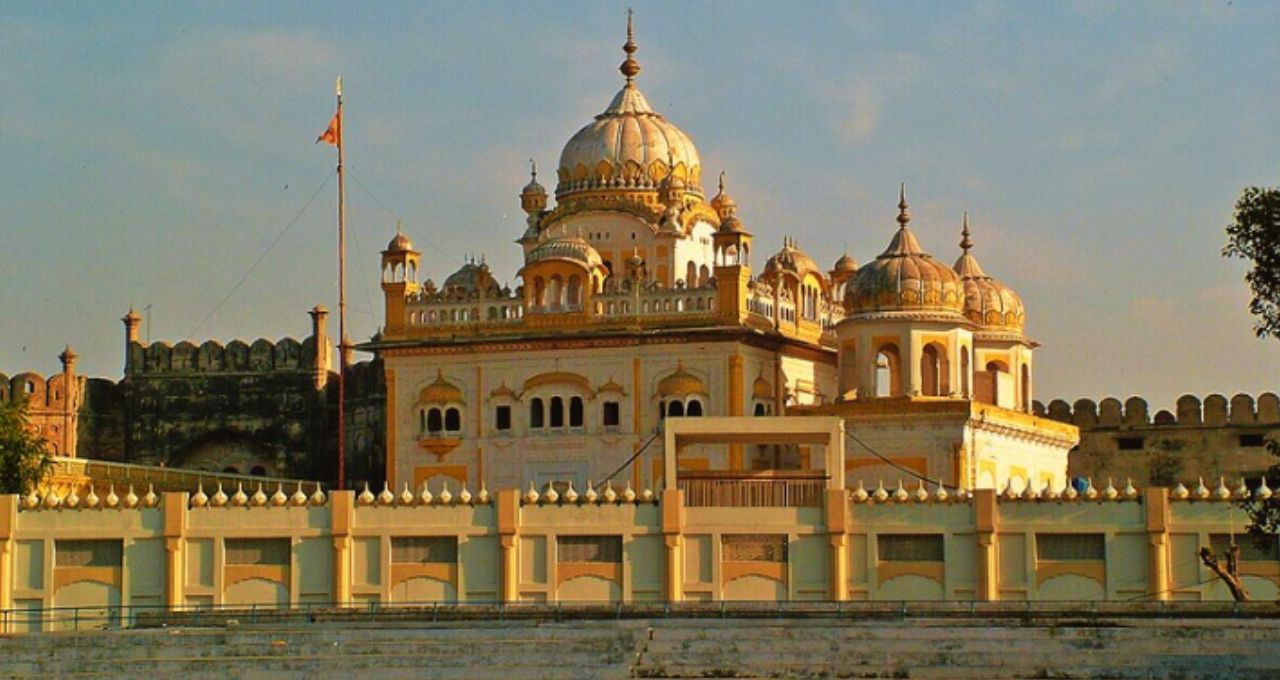
Maharaja Ranjit Singh united Punjab and transformed it into the Sikh Empire. He fought several wars against the Afghans and drove them out of western Punjab. He gained control over regions like Peshawar, Jammu and Kashmir, Anandpur, and Multan. This was the first time that non-Muslim rule was established over Pashtun territories.
His army, known as the 'Sikh Khalsa Army,' was equipped with modern techniques and weapons. Ranjit Singh invited French soldiers and arms manufacturers to reform his army. This military strength prevented the British from entering Punjab for many decades.
Ranjit Singh's Diplomatic Skills and Relations with the British
Ranjit Singh understood that it was better to deal with the British through diplomacy rather than direct war. He made several treaties with the British East India Company and limited expansion across the border. This strategy proved beneficial to him as it enabled him to protect his territory and prevent the British from entering Punjab.
Secular Rule and Social Reforms
Maharaja Ranjit Singh acted as a secular ruler. He respected all religions and never subjected anyone to religious persecution. He abolished the Jizya tax imposed on Hindus and Sikhs.
His state was an example of religious tolerance. He never forced anyone to convert to Sikhism. Additionally, he had marble installed in Amritsar's Harimandir Sahib, transforming it into the Golden Temple, which remains a major pilgrimage site for Sikhism today.
Kohinoor Diamond and Kashmir Campaign
The most precious object in Ranjit Singh's treasury was the Kohinoor diamond, a symbol of the power and grandeur of his rule. By liberating Kashmir from Afghan rulers, he also established control over this region. The ruler of Kashmir, Atamohammad, had imprisoned Shah Shuja. Wafa Begum, Shah Shuja's wife, requested Ranjit Singh to free her husband, promising to give the Kohinoor diamond in return. Thus, Ranjit Singh not only freed Kashmir but also included the Kohinoor diamond in his treasury.
Administration and Justice System
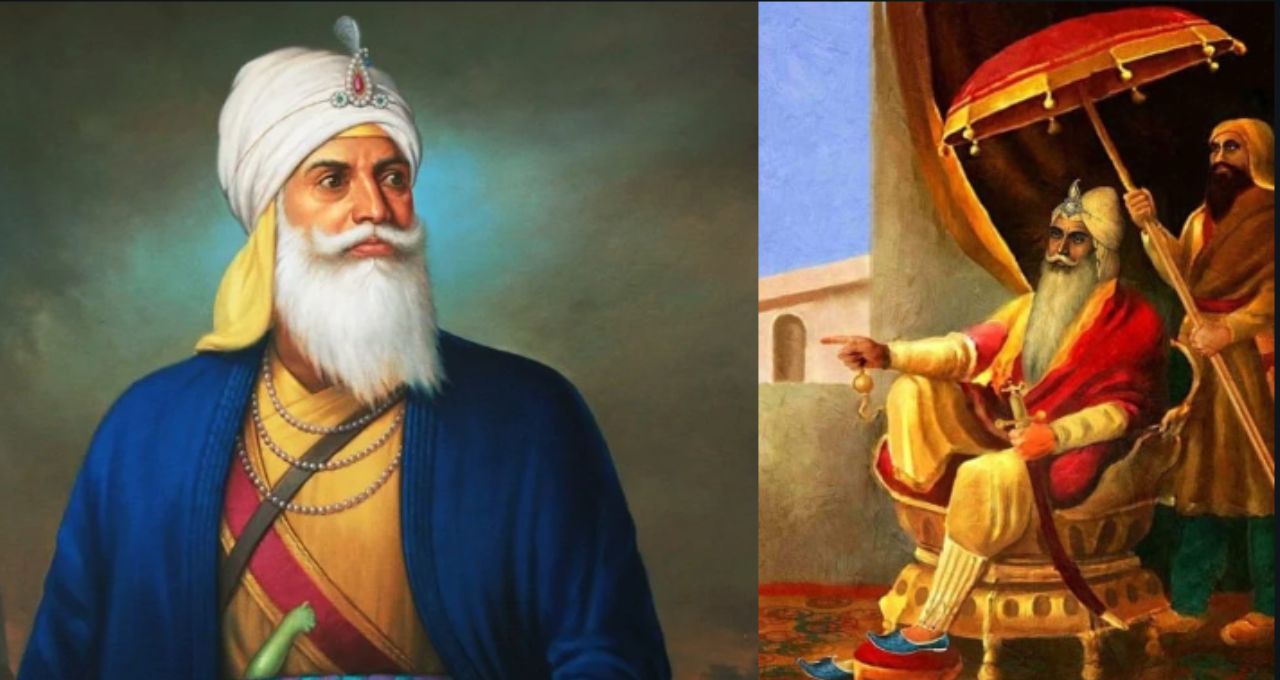
Ranjit Singh gave great importance to law and order in his state. His reign is considered extremely just. He never sentenced anyone to death and maintained peace and security in the state. His rule was proof that a b leader can uphold both justice and humanity.
Patron of Art, Culture, and Education
Maharaja Ranjit Singh himself was uneducated, but he encouraged education and the arts. Many artists, musicians, and scholars frequented his court. He worked to preserve Punjab's cultural heritage. He donated a large amount of gold to the Kashi Vishwanath Temple, which made its upper part golden. He was also famous for preserving religious sites and cultural centers.
Ranjit Singh's Golden Throne
Ranjit Singh's throne was a symbol of his greatness. He was short in stature and dark in complexion, but he possessed extraordinary leadership qualities and radiance. He lost one eye due to smallpox, but this did not diminish his bravery and vision.
Final Years and Legacy
In 1838, he suffered a paralytic stroke, which deteriorated his health. He passed away in 1839. His tomb is located in Lahore, which still reminds us of him today. After his death, the British dominance over Punjab began to increase. In 1849, the British defeated the Sikh Empire and handed over the Kohinoor diamond to Queen Victoria of Britain. This diamond is still embedded in the British Crown.
Maharaja Ranjit Singh was a great warrior, a visionary ruler, and a secular leader. He united Punjab and made it a powerful state, which even the British were forced to respect. His bravery, sense of justice, and cultural sensitivity have placed him among the greatest leaders in history. His reign is remembered as the golden age of Punjab, which inspired the entire India. Ranjit Singh's life teaches us that any challenge can be overcome with courage, unity, and justice.
